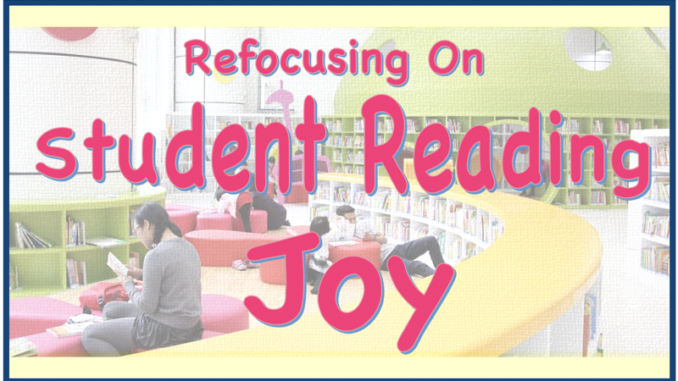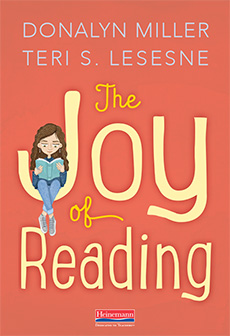
By Shaunna MacDonald
Teacher-librarians are known for their many skills and diverse knowledge on just about anything. Collaboration with a teacher-librarian can take on innumerable forms too vast to be confined to a single list or infographic. But the most successful collaboration occurs when a teacher-librarian brings their personal passions and interests to the lessons.
For the past decade, teacher-librarians have often become the in-house experts in all things Applied Design, Skills, and Technologies (ADST), coding, and makerspace. In my school district, an initiative that provided all schools with a variety of ADST teaching tools, such as coding robots and 3D printers, had many teacher-librarians passionate about learning these new tools and how they can advance student learning in the Science, Technology, Engineering, Arts, and Math (STEAM) curriculum. Many teacher-librarians continue to this day to be adept at integrating ADST with other curriculum areas and library skills, making them invaluable members of the school teaching staff.
Of late, however, a group of local teacher-librarians have refocused their passions and collaboration opportunities toward reading – specifically finding joy in recreational reading – forming an inquiry group with other like-minded teacher-librarians. I, and other teacher-librarians, have noticed a decline in recreational reading engagement in the intermediate and secondary grades at a time when attention is easily distracted by screens –scrolling, streaming, and notification highs and lows. Without a strategic focus on self-selected recreational reading and time to read for leisure at school, students are failing to find their reading joy – and this is a problem.
The inquiry group is using the professional text The Joy of Reading by Donalyn Miller and Teri S. Lesesne (Heinemann 2022) to delve into what it means to develop and foster reading joy for students and the larger school community. If you are not familiar with the text, Miller and Lesesne tackle the big questions of what reading joy feels like, how it can manifest for student and adult alike, and, most importantly, how we can build reading joy into the educational experience with the help of the whole school community. They advocate that “without regular opportunities to read in class with support from their teachers, many students find it challenging to commit to daily reading on their own. Don’t assume that all your students have equitable free time to read at home” (Miller & Lesesne, 2022, p. 39).
The text offer several focused strategies, as well as recommended reading, that can build a culture of reading joy among students and the wider school community, some of which we will be road-testing in our inquiry – such as elevating our book talks, providing “no strings attached” aesthetic reading experiences (p. 140) and authentic response opportunities, and making joyful reading the norm. The group hopes to experiment with Miller & Lesesne’s notion that “when young people experience reading engagement and joy, they read more. Joy feeds engagement and agency, which increases effort and practice.” (2022, p. 32).
How will we know if we have been successful in our strategies to improve student reading joy? The inquiry group will be using student recreational reading surveys, another Miller and Lesesne highlighted strategy, at multiple points throughout the year to gauge student reading attitudes and determine whether intervention strategies led by the teacher-librarian have positively impacted student reading joy. Teacher-librarians will be collaborating with an intermediate or secondary classroom teacher and their class in a focused, intentional approach. The use of common survey questions throughout the year will determine whether student reading joy has been positively affected and which strategies were most impactful. It is hoped the successful strategies that emerge from this inquiry will provide a roadmap to use with other groups of students, other teacher-librarians, and other members of the school staff. It is also hoped that the momentum built by the focused approach of the inquiry group will give impetus to the importance of self-selected recreational reading time in school, and the positive effects of student reading joy for the school community and educational experience.
Stay tuned as this group of teacher-librarians embarks on their student-centered Joy of Reading inquiry journey.

Shaunna MacDonald has been a teacher-librarian for 11 years and is currently the Teacher Librarian Helping Teacher in Surrey School District, British Columbia. She holds a Master of Education in Teacher Librarianship from Charles Sturt University, NSW, Australia. Her professional passions lie in connecting readers with books and creating student-centered library learning common spaces and collections. You’ll most commonly find her hanging out in any middle grade fiction section, raving about her latest favourite reads.
